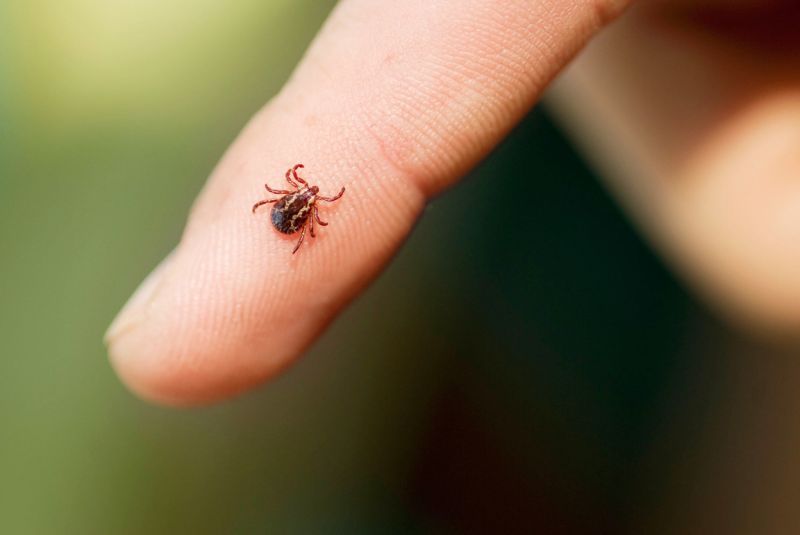Lyme disease numbers keep climbing
Even though temperatures are dropping in Northeast Ohio, the Ohio Department of Health and the Ohio Department of Natural Resources are reminding Ohioans that ticks are still active in the area and people need to take the necessary precautions to prevent tick bites, which can carry diseases such as Lyme disease.
Cases of Lyme disease in Ohio have steadily increased over the last five years. The Ohio Department of Health is reporting 241 cases of Lyme disease in 60 counties so far in 2017 as compared to the 160 cases that were reported in 2016.
This increase in cases coincides with the increase of black-legged ticks in Ohio. As of Oct. 27, Wayne County has had a total of eight cases of Lyme disease for 2017.
Lyme disease is a bacterial disease transmitted to humans via the bite of an infected deer tick. Symptoms can include a flu-like illness, muscle pain and headache. A bull’s-eye shaped rash also is often seen at the site of the bite as well.
To reduce chances of being bitten, residents should tuck pants cuffs into boots or socks and tuck shirts into pants. Apply insect repellent. Shower immediately after returning from the outdoors to remove unattached ticks.
Remove ticks promptly by grasping them with tweezers as close to the skin as possible and pulling them straight out. Do not twist or jerk. Inspect pets for ticks every day. Keep grass and weeds mowed short.
When possible, walk in the center of trails and paths to avoid brushing up against ticks. Reduce mouse populations by habitat reduction and exclusion from and to buildings.
Lyme disease can be treated successfully with appropriate antibiotic therapy if detected at an early stage. There are currently no vaccines to prevent tick-borne diseases.
For additional information about ticks and Lyme disease, call the health department at 330-264-9590.

